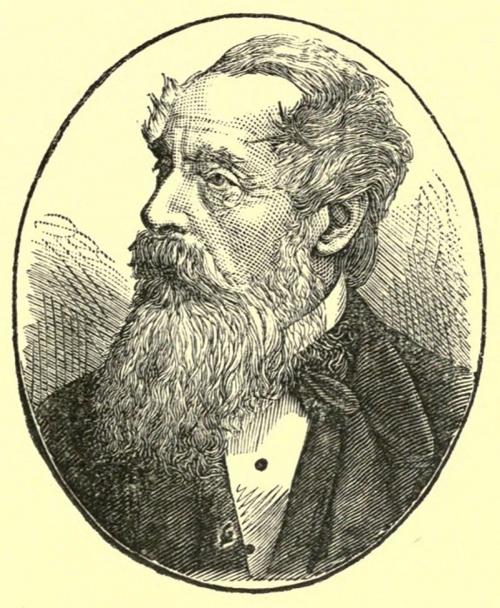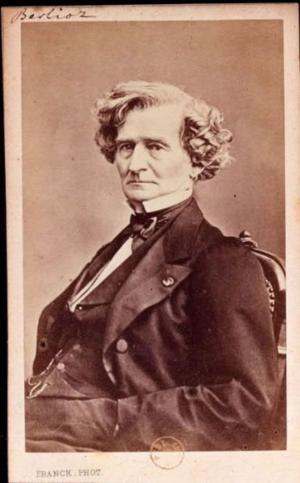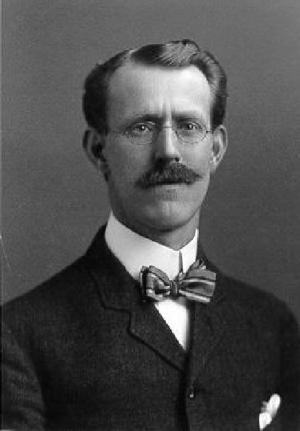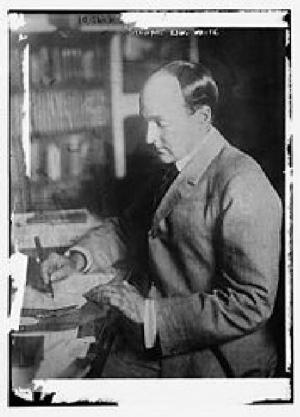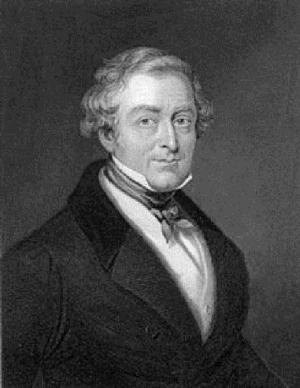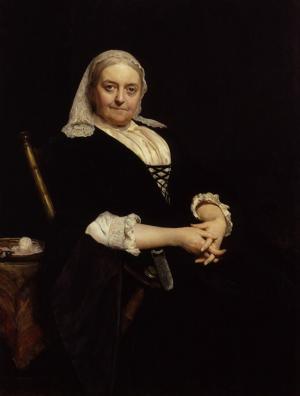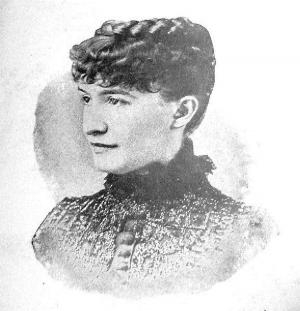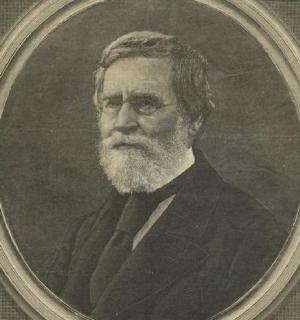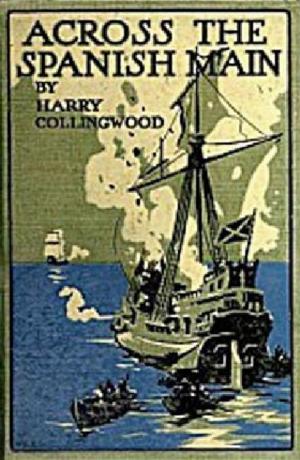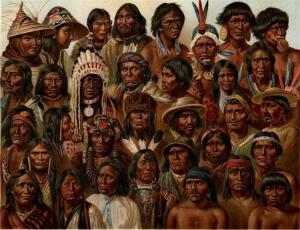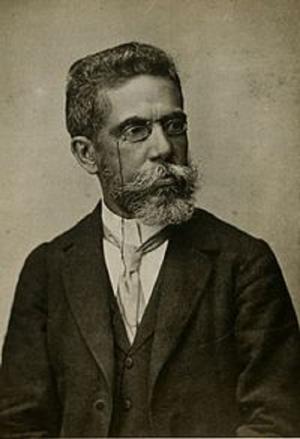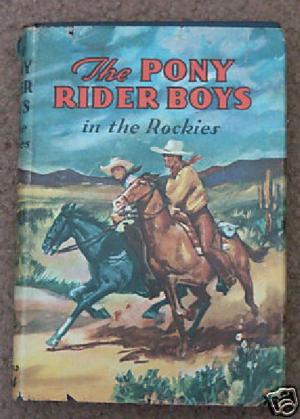| Author: | Kingston, W.H.G. | ISBN: | 9781455394388 |
| Publisher: | B&R Samizdat Express | Publication: | June 10, 2015 |
| Imprint: | Quench Editions | Language: | English |
| Author: | Kingston, W.H.G. |
| ISBN: | 9781455394388 |
| Publisher: | B&R Samizdat Express |
| Publication: | June 10, 2015 |
| Imprint: | Quench Editions |
| Language: | English |
This rather long book is not a novel: it is a fun-level introduction to the natural history of the Americas, seen from a late nineteenth century perspective. You could not use this book as a full guide to all the natural history of the Americas, but instead it is intended to be read through in order to gain an introductory view of it. The book is divided into five parts of which the first, of nine chapters, covers North America; the second, of three chapters, covers Central America; the third, fourth, and fifth, amounting to twenty-five chapters, covers South America. It is a well-written and absorbing book. According to Wikipedia: "William Henry Giles Kingston (28 February 1814 - 5 August 1880), writer of tales for boys, was born in London, but spent much of his youth in Oporto, where his father was a merchant. His first book, The Circassian Chief, appeared in 1844. His first book for boys, Peter the Whaler, was published in 1851, and had such success that he retired from business and devoted himself entirely to the production of this kind of literature, in which his popularity was deservedly great; and during 30 years he wrote upwards of 130 tales, including The Three Midshipmen (1862), The Three Lieutenants (1874), The Three Commanders (1875), The Three Admirals (1877), Digby Heathcote, etc. He also conducted various papers, including The Colonist, and Colonial Magazine and East India Review. He was also interested in emigration, volunteering, and various philanthropic schemes. For services in negotiating a commercial treaty with Portugal he received a Portuguese knighthood, and for his literary labours a Government pension."
This rather long book is not a novel: it is a fun-level introduction to the natural history of the Americas, seen from a late nineteenth century perspective. You could not use this book as a full guide to all the natural history of the Americas, but instead it is intended to be read through in order to gain an introductory view of it. The book is divided into five parts of which the first, of nine chapters, covers North America; the second, of three chapters, covers Central America; the third, fourth, and fifth, amounting to twenty-five chapters, covers South America. It is a well-written and absorbing book. According to Wikipedia: "William Henry Giles Kingston (28 February 1814 - 5 August 1880), writer of tales for boys, was born in London, but spent much of his youth in Oporto, where his father was a merchant. His first book, The Circassian Chief, appeared in 1844. His first book for boys, Peter the Whaler, was published in 1851, and had such success that he retired from business and devoted himself entirely to the production of this kind of literature, in which his popularity was deservedly great; and during 30 years he wrote upwards of 130 tales, including The Three Midshipmen (1862), The Three Lieutenants (1874), The Three Commanders (1875), The Three Admirals (1877), Digby Heathcote, etc. He also conducted various papers, including The Colonist, and Colonial Magazine and East India Review. He was also interested in emigration, volunteering, and various philanthropic schemes. For services in negotiating a commercial treaty with Portugal he received a Portuguese knighthood, and for his literary labours a Government pension."
